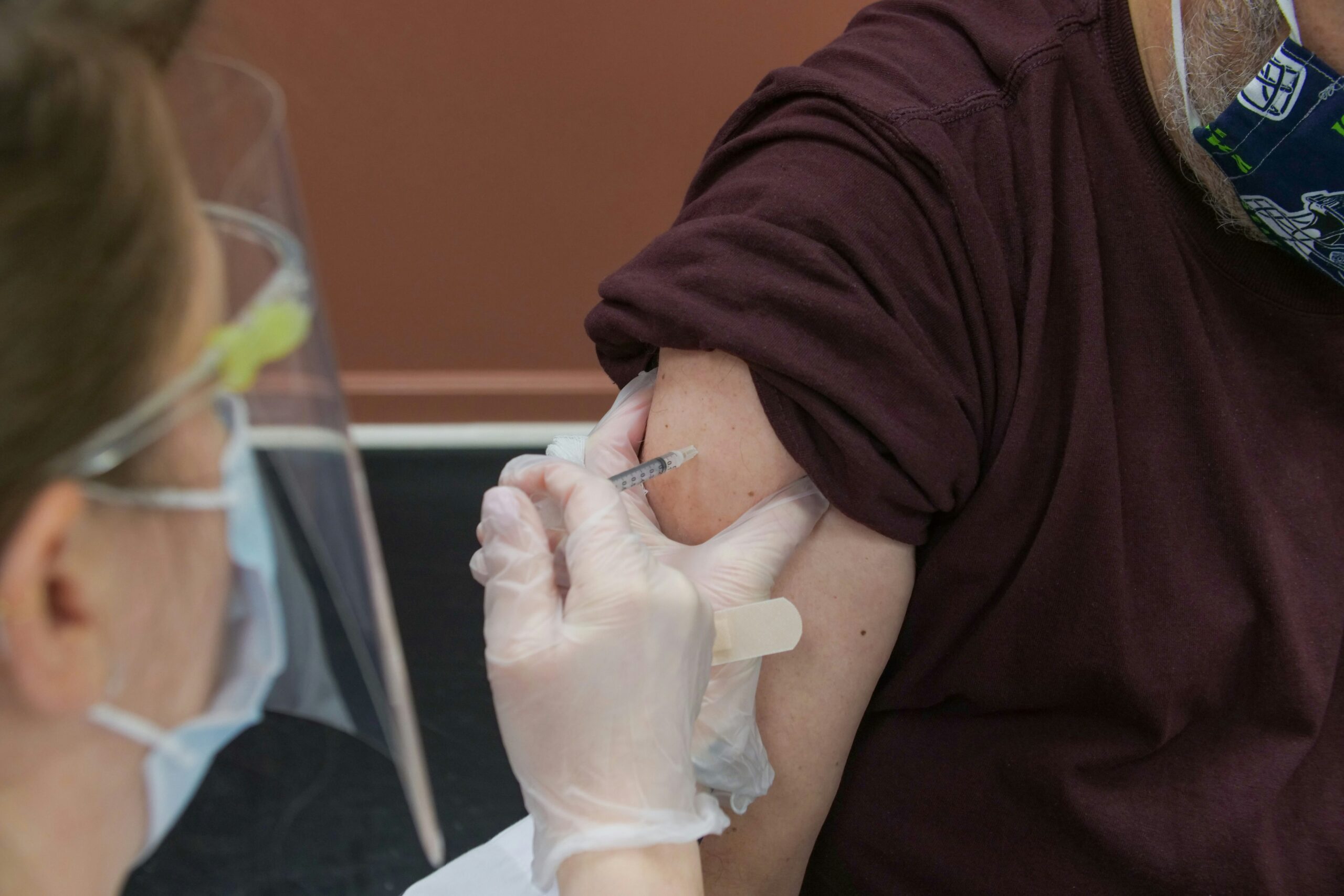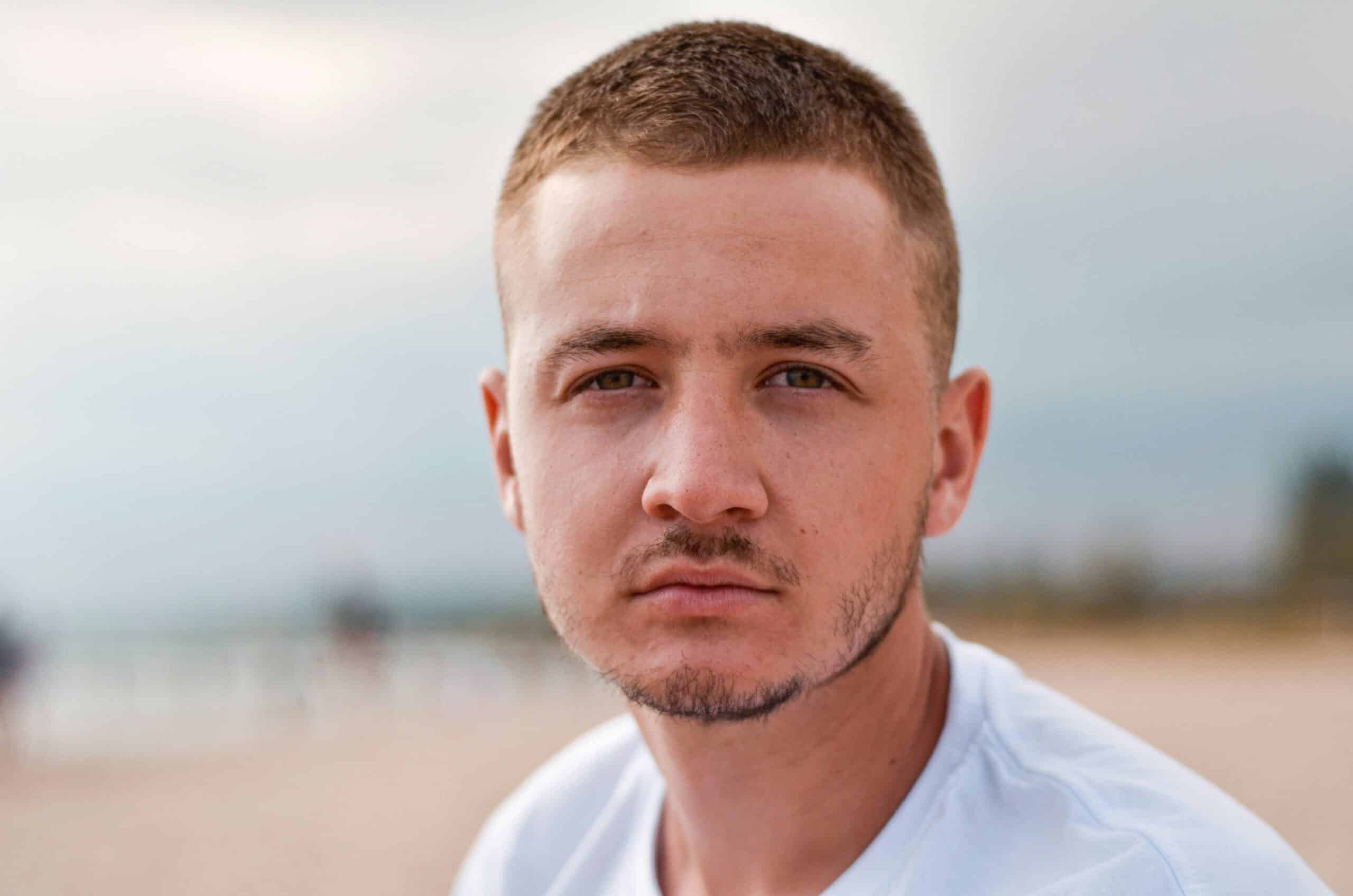The recent public confrontation of sex roles, power, bias, discrimination, and abuse has resulted in validation, empowerment, and an opportunity for healing for those profoundly impacted. Hopefully, the identification and definition of these experiences for all don’t end with acknowledgment as change is required. Who is responsible for this change? Where will we turn for assistance? What’s my role in all of this? So many systems are affected by this behavior in addition to victim services. For example, the legal system, communities where this behavior was perpetrated, the medical profession, therapeutic services, and employment services as most organizations are required to recalibrate their roles in this epidemic of enlightenment. As individuals leading communities towards healing from Substance Use Disorders, we all are responsible and have an important role. We cannot afford to ignore our part in guiding others and yes in the arena of healthy relationships and sexuality. Most have reported being confused, bewildered, angry, scared, and uncertain about how to address the needs of the recovery population. A quick search of the terms ‘healthy sexuality and substance use disorder’ online in a university library revealed articles from 1955 about the psychodynamics of relationships, 2006 about HIV vulnerability, 2013 about teen sex education, etc. The limited access to information on this topic is tragic. In addition, we are working with the most vulnerable population in our society as lifespans are shortened, disease and injury are higher, transgenerational transmission of addiction impacts millions, and exposure to violence contributes to psychological functioning. Given that the opioid use crisis has become a global public health issue and requires tremendous resources, some may be reluctant to place emphasis on the expression of healthy sexuality as a part of recovery skills. However, research has been clear that a model of health must include higher levels of relational and sexual satisfaction for all. This comes with a bias as anyone developing a curriculum or therapeutic intervention for sexuality will inevitably include their own ‘scripting’. Therefore, we must examine our morality, which refers to the concept of human ethics. This pertains to matters of RIGHT and WRONG. It starts with a system of individual principles (i.e., consciousness) that is shared within a culture and then is translated into a code of behavior or conduct. So, what do individuals starting recovery or living recovery believe to be right and wrong when it comes to sexual expression? Are we prepared to discuss, object, validate, etc. these concepts as they arise? Secondly, what value system is being integrated regarding the expression of sexuality? Whose values are these? Is it an idealized system that lacks exceptions or is it a realized value system that attempts to resolve contradictions? This examination can only take place within the recovery provider community with a reflection of Who is? What is? When is it? Why are? And How? are individuals sexual. We need to teach individuals that when they are attracted to others they will:
- Have awareness of
- Begin to pay attention to
- Emulate the other’s behavior and make associations with
- Start to display courtship behavior towards
- Experience sexual arousal in their body e.g., (talk—turn—touch—synchronize)
Simon and Gagnon (1999) explain that cultural scenarios predict the practice of sexual roles within a community with regards to expectations. Obviously, this is what’s been exposed today with numerous headlines revealing mainly inappropriate and offensive behavior. Individuals take this information to begin to devise their own interpersonal scripts that require them to begin to redefine, reshape, and adapt their experiences to make appropriate identities that are congruent with desired expectations within the community. Finally, intrapsychic scripting allows individuals to imagine numerous wishes and desires within the cultural and interpersonal boundaries of the day. We must provide a milieu for these scenarios to be defined within the context of health and healing. These challenges must be anchored in the acceptance of ‘chemistry of love’ as neurotransmitters such as norepinephrine, dopamine, phenylethylamine (PEA), and oxytocin are the ruling class when it comes to sexual expression. Actually, romantic love can impact the biology in principle very similar to the theoretical model of addiction described by Koob and Volkow (2016). They explain addiction as marked by compulsive seeking and consuming, loss of control in limiting intake, and the emergence of a negative emotional state when access to a drug/behavior is prevented that sets individuals up for a three-stage model, i.e., Binge-Intoxication, Withdrawal-Negative Affect, and Preoccupation-Anticipation. When individuals are vacillating between these stages while being exposed to familiar peers in recovery, it appears that an increased amount of comfort and shared interest serve to enhance the potential for attraction thus sexual union is pursued. As proximity increases during the recovery experience and similarities of physical attractiveness, age, education, etc., arousal is experienced with better communication, confirmation, and support of one’s values and beliefs. This reciprocity of liking and being liked adds to esteem thus increasing the likelihood of a relationship enduring. Ultimately, the lasting ingredients of self-acceptance, appreciation of each other’s qualities, commitment, good/realistic communication, and the ability to face and deal with conflict serves as a platform for sexual expression. If these relational and sensual exchanges are visited then the opportunity for sexual companionship and variety within the arena allow for increased positive interactions. Sexual variety requires 1) communication to be clear, 2) being spontaneous, and 3) planning for sexually intimate time. It’s important to:
- not worry about frequency “standards”
- understand the impact sex negative experiences and histories of abuse and trauma have on individuals
- make sure sex is not being used to meet non-sex needs
- stop overvaluing sex
- not misinterpret sexual and social skills
- recognize that personality can be shaped by sexual experiences
- accept that sex is a natural and inherent dimension of humanity
- experience sex as positive and pleasurable
- believe in the self-efficacy of expressing sexuality
- know that sex enhances psychological and spiritual functioning
Consider this code of sexual conduct when inviting the unspoken to be discussed as you assist individuals to navigate and craft a different sensual life.
- Talk to your partner about the past, present and future limits, and expectations
- Don’t use sex to escape or as a weapon
- Sex is an extension of a relationship of friendship, trust, respect, and mutuality
- Sex has meaning
- Sex is not love and Love is not sex
- Take responsibility for your sexual actions
- Respect the desires and opinions of your partner
- Be trustworthy and honest in relationships
- Do not make sexual decisions under the influence of Substances or ETOH
- Have a variety of intimate relationships but limit sexual relationships
- No sex activity without consent
- Do not perpetrate or accept abuse in relationships
Koob, G.F., Volkow, N.D. (2016) Neurobiology of addiction: a neurocircuitry analysis. Lancet Psychiatry, 3:760–773. McCarthy, B., & Wald, L. M. (2016). Finding her voice: first class female sexuality. Sexual & Relationship Therapy, 31(2), 138-147. Simon, W., and Gagnon, J. H. (1999). “Sexual scripts,” in Culture, Society and Sexuality: A Reader, eds R. Parker and P. Aggleton (Philadelphia: UCL Press), 29–37.




